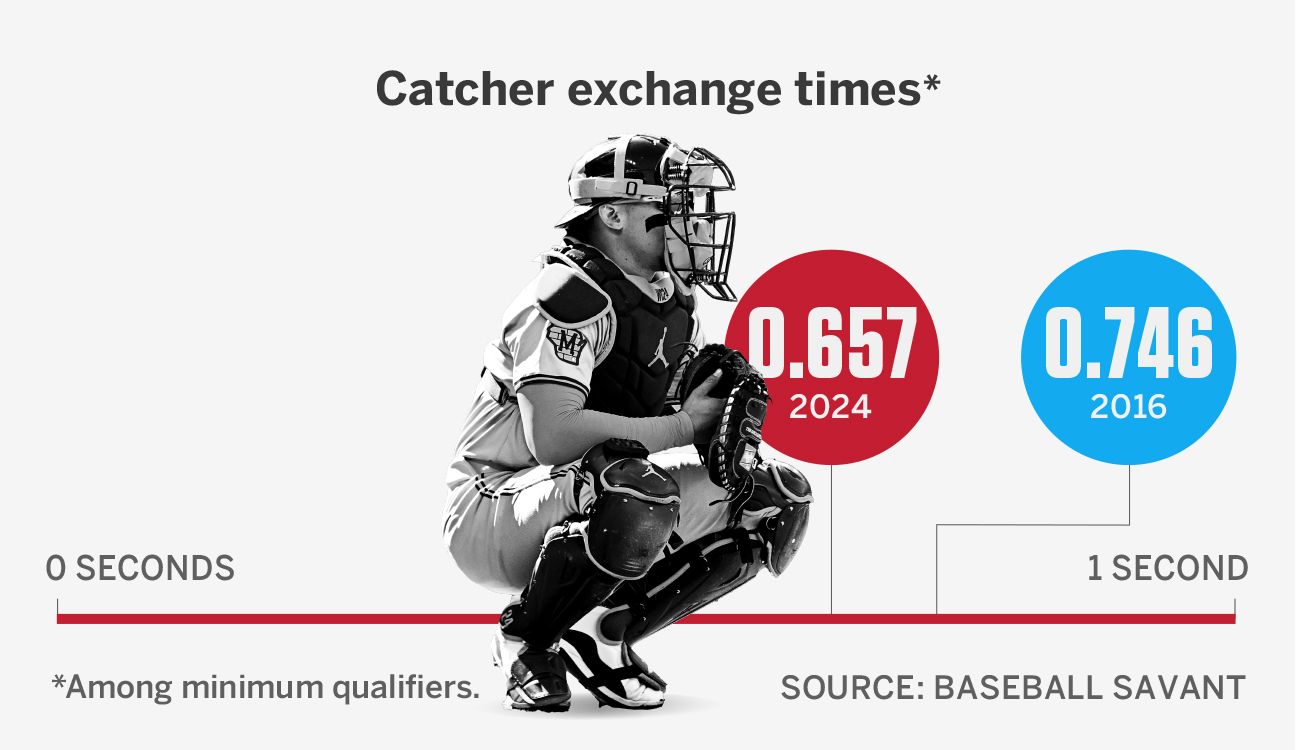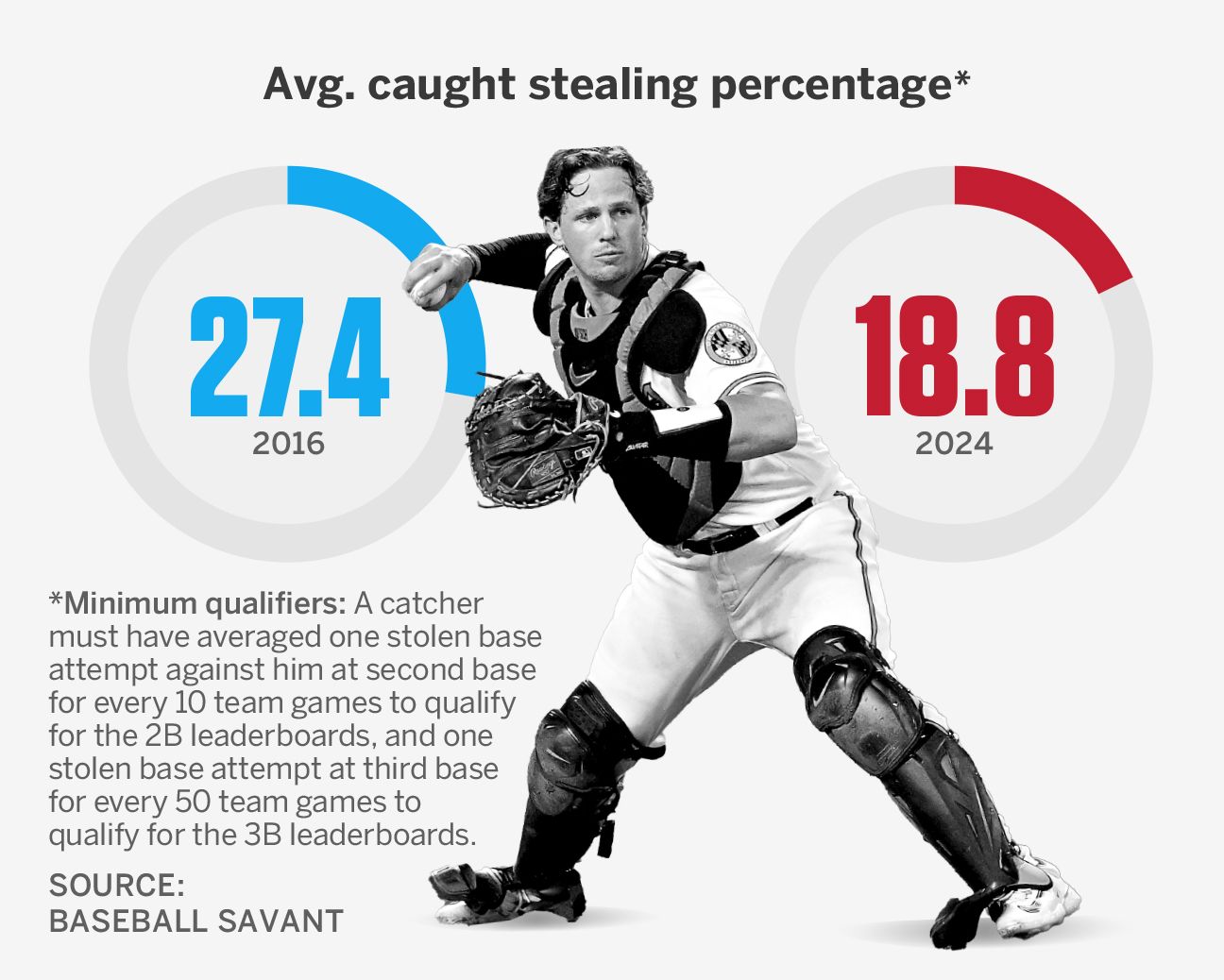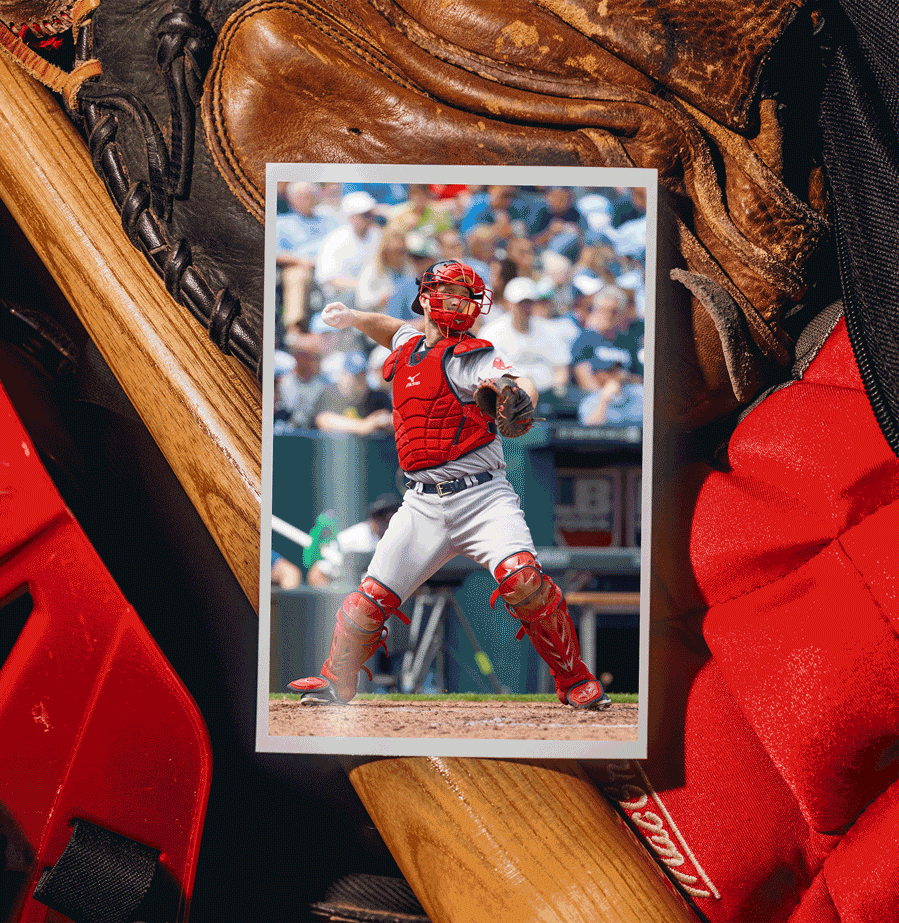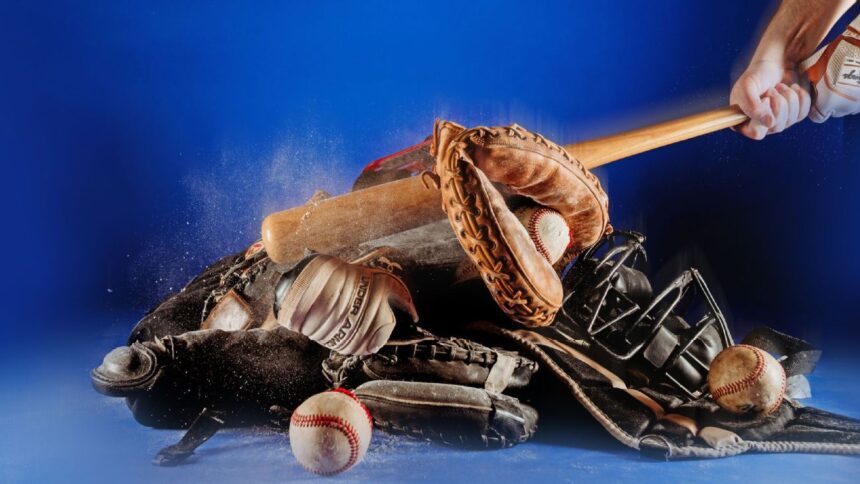The Catcher: A Constantly Evolving Position in Modern Baseball
In contemporary baseball, the role of the catcher is undergoing a significant metamorphosis. Traditionally valued for their defensive ability, catchers now face a growing demand for offensive skills, driven by changes in the rules of the game and a new appreciation of statistics.
The early March baseball game in North Carolina illustrates this dynamic. With runners on base and two outs in the top of the eleventh inning, a Coastal Carolina batter hits a single to right field. The Tar Heels’ right fielder makes an error, and the runner advances towards home, where catcher Luke Stevenson waits. The throw takes Stevenson to the third base side of the plate, in the path of the runner sliding headfirst. Stevenson makes the out and celebrates.
The Tar Heels won the ACC title, where Stevenson was named MVP. Days later, Stevenson, a draft-eligible sophomore, reported to Phoenix for the MLB combine. Depending on who you ask, Stevenson is considered the best or second-best pure catcher and a top 35 pick for the 2025 MLB draft, which begins on July 13. MLB general managers and player personnel recognize that dual-threat catchers, like Seattle’s Cal Raleigh, are now the standard for players on their way to the Major Leagues. The gap between a catcher with All-Star potential and one who could hold the position at a replacement level is evident. Changes to MLB rules in 2023 are influencing how the position is taught, played, coached, and scouted at all levels of the game. The value of the position itself is being redefined, and Stevenson is an example of how catchers are adapting to this new reality.According to Jim Koerner, director of player development for USA Baseball, it is crucial for catchers to have “infield hands” and a strong arm to be starters in MLB. However, he predicts that in five years, with the implementation of robotic umpires, the position will become completely an offensive position.“I don’t want to say it’s a dying position, [but] the bar to be a good catcher offensively is very low”, said an MLB amateur baseball scouting director. “You could be an everyday catcher if you hit .210 with 10 home runs. [But] if you hit .210 with 30 home runs and a Platinum Glove? You’re a superstar”.
MLB amateur baseball scouting director

An MLB player development director points out that, even with the increase in stolen bases, the best hitters still control the efficiency with which they get outs.“There’s nothing we can do to improve that, that’s a basic element,” Weinstein said. “The average runner runs 3.35, a tenth of a second for the tag… it’s a mathematical problem. If the base runner is perfect, and the catcher and pitcher are perfect according to those parameters, the guy will be safe most of the time. Which is exactly what we’re seeing.”
Jerry Weinstein, Chicago Cubs catching consultant

Behind the plate, there’s a different catcher archetype than 25 years ago. Now they’re bigger, taller, and can get under the ball with a one-knee-down stance behind the plate. But, unlike the days when an offensive catcher was a rarity, now a skilled offensive catcher can separate themselves from a jam.“From an analytical point of view, balancing the count in your favor is more valuable than defending the stolen base,” said the director of player development. “Ninety feet matter in certain situations, [but] some teams don’t even care. They prefer that a guy execute his stuff: high kick, deliver the stuff, go for the punch.”
MLB Player Development Director
A scout director of amateur baseball commented that the ability of catchers to bat and have an outstanding offensive performance is a key factor in their valuation. The combination of defensive and offensive skills is what distinguishes catchers in today’s baseball.“If you can’t hit,” he said, “it will cost you a lot of time to stay.”
MLB Amateur Baseball Scouting Director

Although some MLB scouts and player development personnel have questioned Stevenson’s defensive ability, others maintain that his power and hitting ability are so valuable that defensive concerns are secondary and correctable. An amateur baseball scouting director stated that Stevenson’s ceiling is to be a backup catcher at the MLB level.
In a team with a selection in the top 10 of the draft, an executive said that Stevenson is on the list because his defensive technique is easily adjustable, but a bat like that in a position like catcher is too rare to pass up.Steve Rodriguez, Stanford University’s catching coach, praised Stevenson’s hitting prowess and said he is underrated behind the plate. Stevenson, for his part, attributes his success to training and the inspiration of his mother, who also played as a catcher.“You could be an exceptional defensive catcher, but if you can’t hit, it’s difficult to make the roster as an everyday player,” he said.
Executive from a team with a top 10 draft pick













